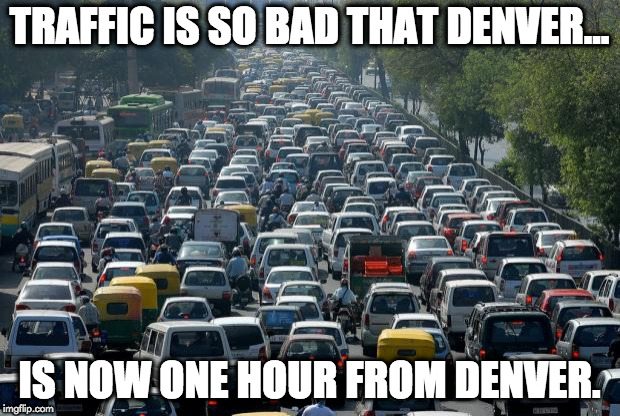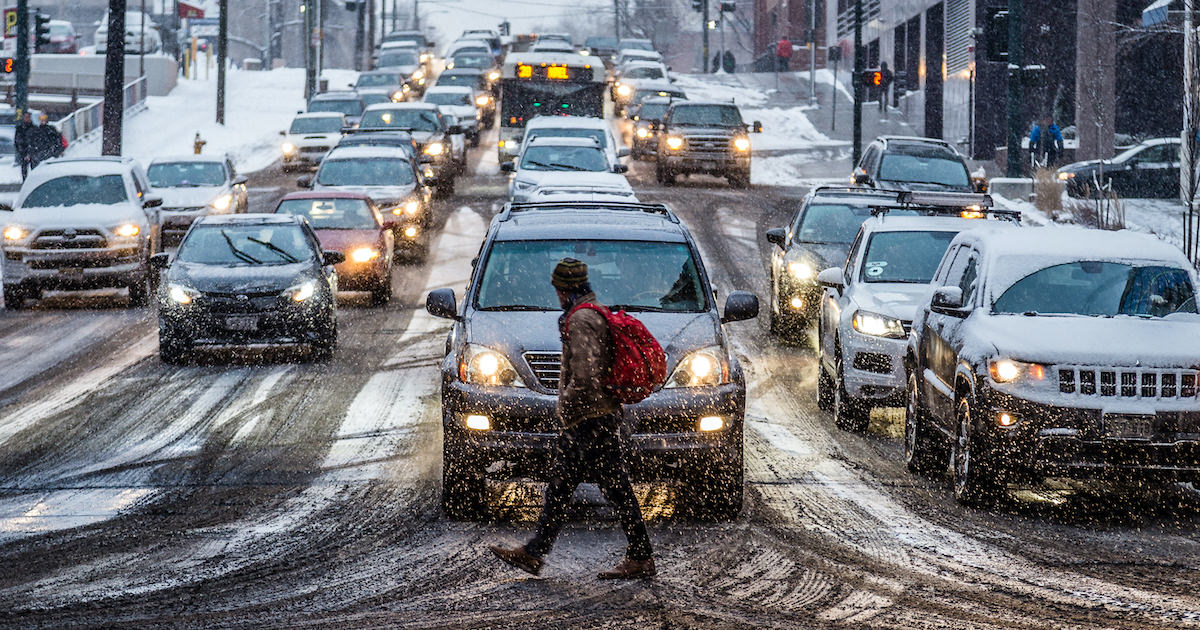

We just don’t have the space to expand and provide for more cars,” said Andrew Iltis, vice president for urban planning and community impact at the Downtown Denver Partnership. “We need to be more efficient with our public right-of-ways for moving people. It is envisioned as a system that could move 3,600 people an hour on 3-minute rides across the South Platte River, Interstate 25, and rail tracks. The Downtown Denver Partnership, an economic development group, has proposed a Central Platte Valley Gondola linking Union Station downtown to the densely-packed Highlands neighborhood to the west. Developers have proposed the creation of another pedestrian-oriented area in Cherry Creek, east of University Boulevard. One will be North Acoma Street between 10th and 12th avenues, and another will be 39th Avenue between Williams and Franklin streets, Decker said. These could run for five blocks or more, managed under a separate city program, with narrowing and landscaped diversions that encourage local-only traffic. The pedestrian-friendly streets through neighborhoods haven’t all been designated. The temporary closures in line to become permanent include stretches of Larimer Street between 14th and 15th streets, Glenarm Place between 15th and 17th streets, and Larimer between 29th and 30th streets. We want to be more thoughtful and balanced.” “We are retrofitting these to become more complete streets for walking, public transportation - and being more comfortable. We have overbuilt our streets just for cars,” said Jay Decker, manager of innovation in the Denver Department of Transportation and Infrastructure. “Our current transportation network is unsustainable. They also call for demarcating 400 miles of new bicycle-only lanes and making pedestrian-friendly improvements along 1,300 miles of streets.

City planning documents lay out multiple large-scale projects including the installation of more than 100 miles of “Bus Rapid Transit” - buses that move in exclusive lanes - on major routes. Street closures fit into a citywide long-term overhaul, costing up to $800 million a year, to enable more car-free transportation. Meanwhile, in neighborhoods, a re-launch of the city’s COVID-19 pandemic partial closure of streets, where road crews placed barriers to slow and deter cars, will bring at least five new pedestrian-friendly streets before 2030 combined with greenspace landscaping and narrowing of lanes, city planners told the Denver Post. After 2028, those closures - backed by business owners and economic development groups - would become permanent if nobody objects. Two stretches along Larimer Street and one on Glenarm Place in the heart of downtown have entered a city process to stay closed for another five years.

We also compiled a list of frequently asked questions to help you through the process.Denver is taking steps to permanently close three streets that became pedestrian-only during the pandemic, part of a broader effort to make the city more friendly to those walking and biking, but has decided to reopen a segment of Seventh Avenue. Have a question about access management and permits for driveways and curb cuts? This page provides information about the procedures, standards, and permits for building access (driveways) from private property to state highways. It encompasses a range of methods that promote the efficient and safe movement of people and goods by reducing conflicts on the roadway system and at its interface with other modes of travel. Access management is the coordinated planning, regulation, and design of access between roadways and land development.


 0 kommentar(er)
0 kommentar(er)
